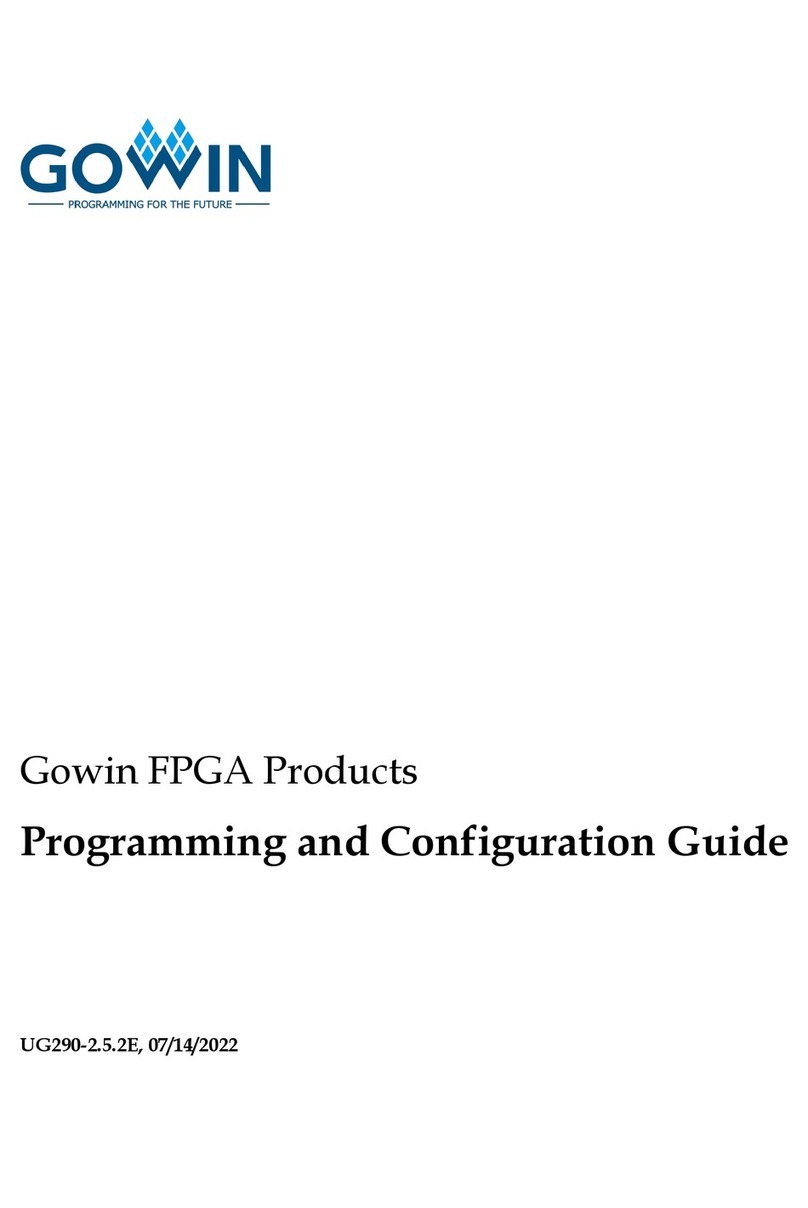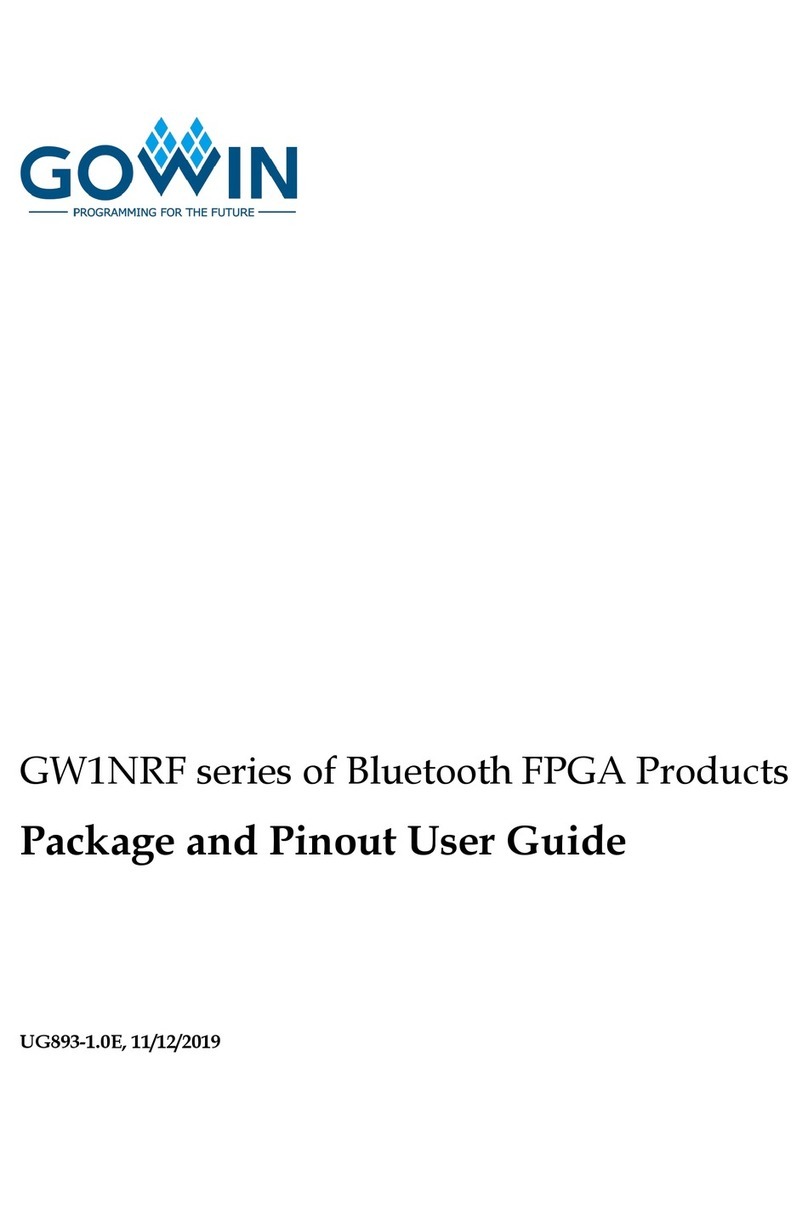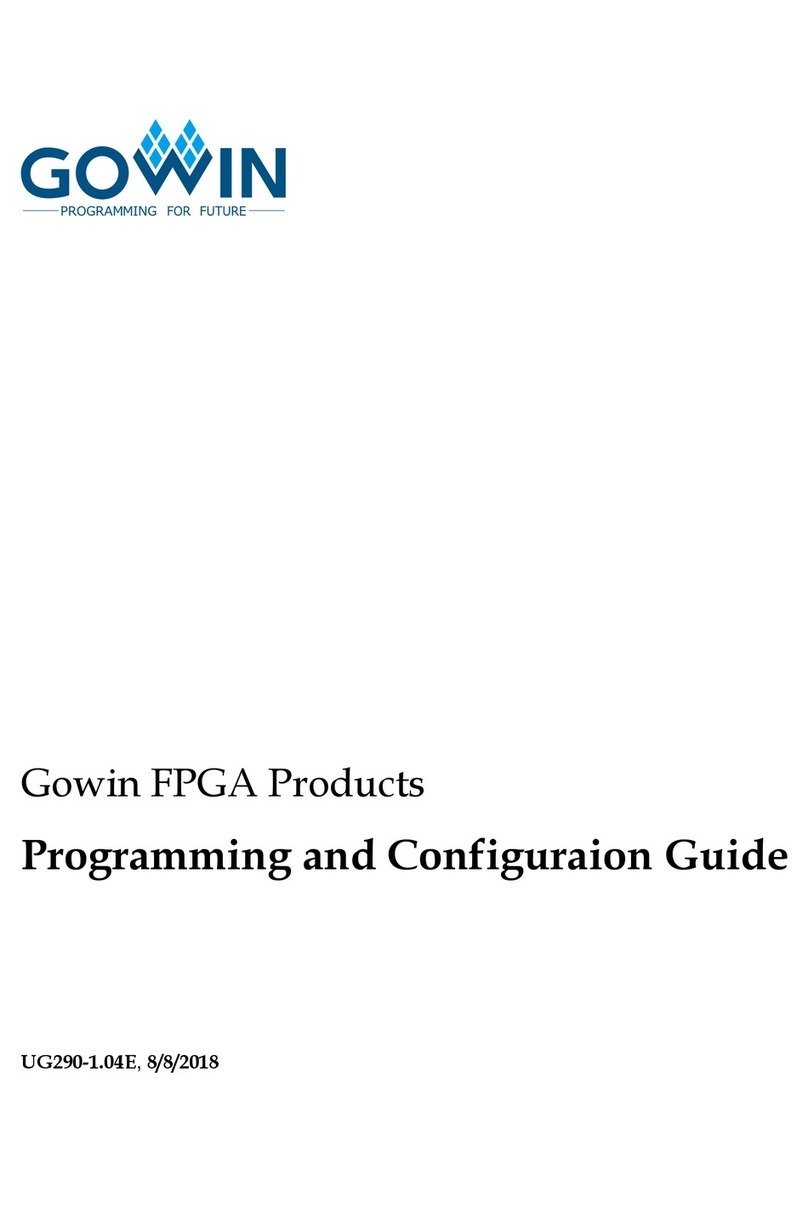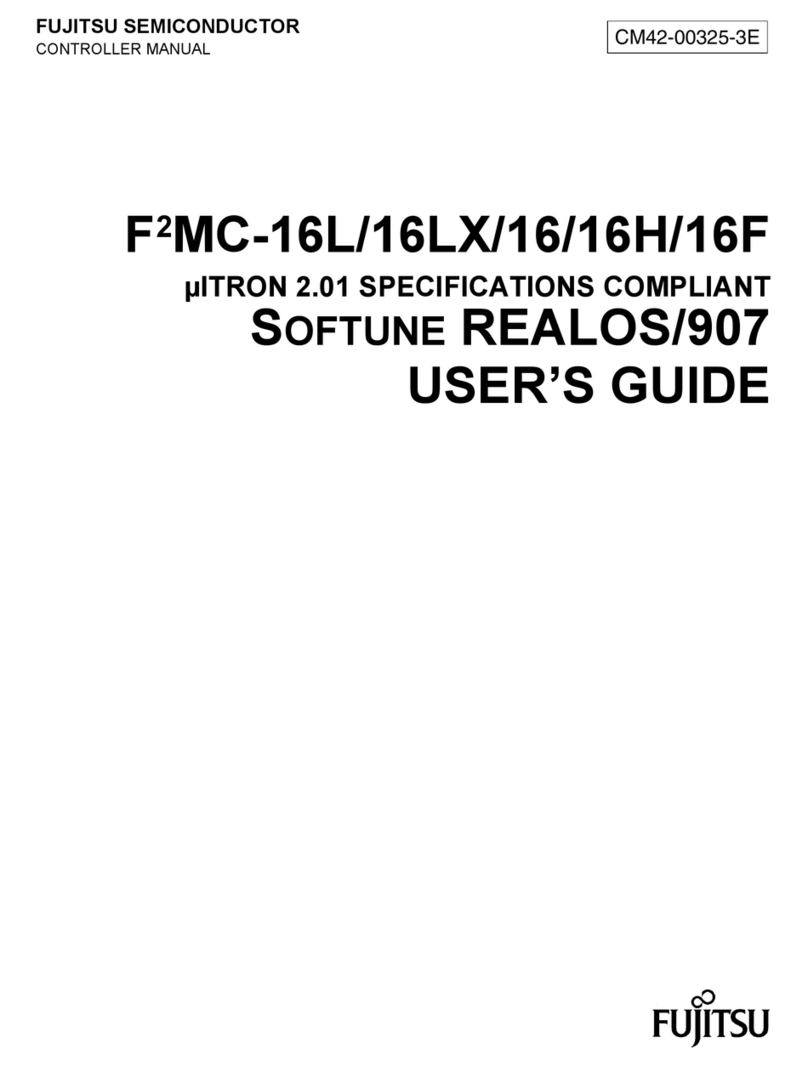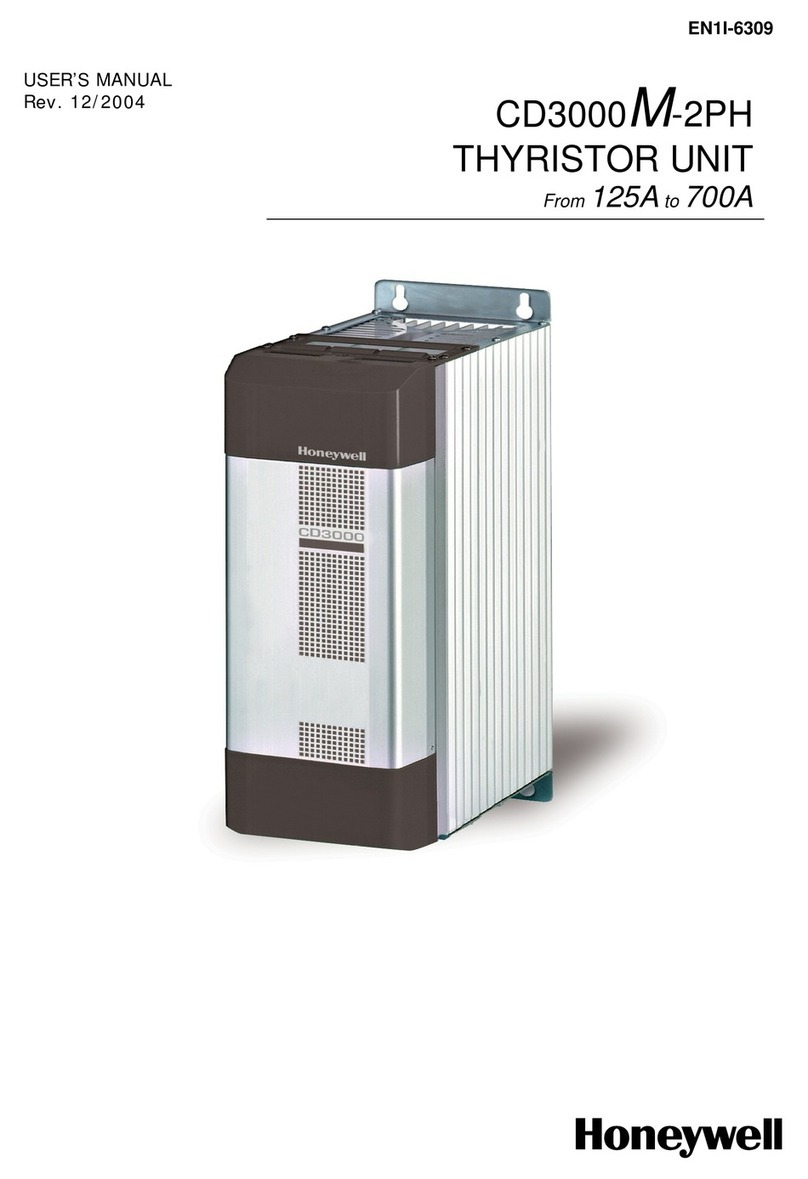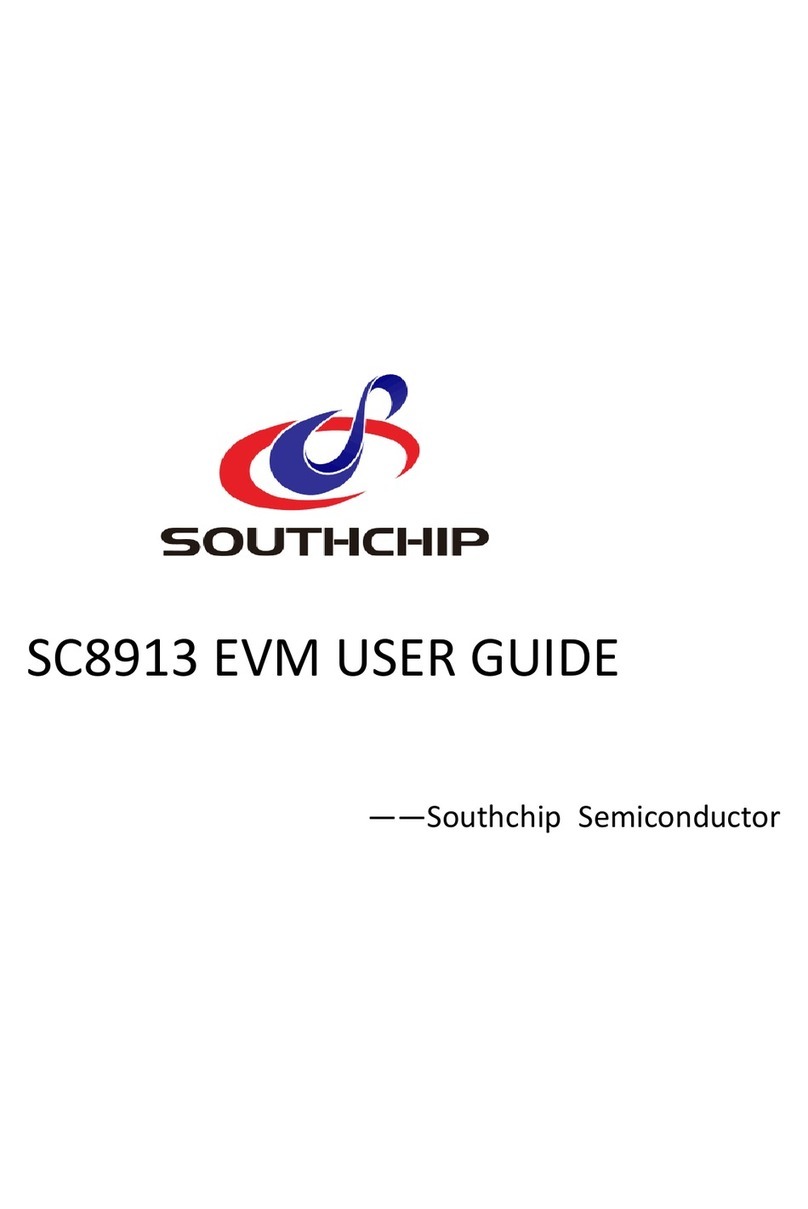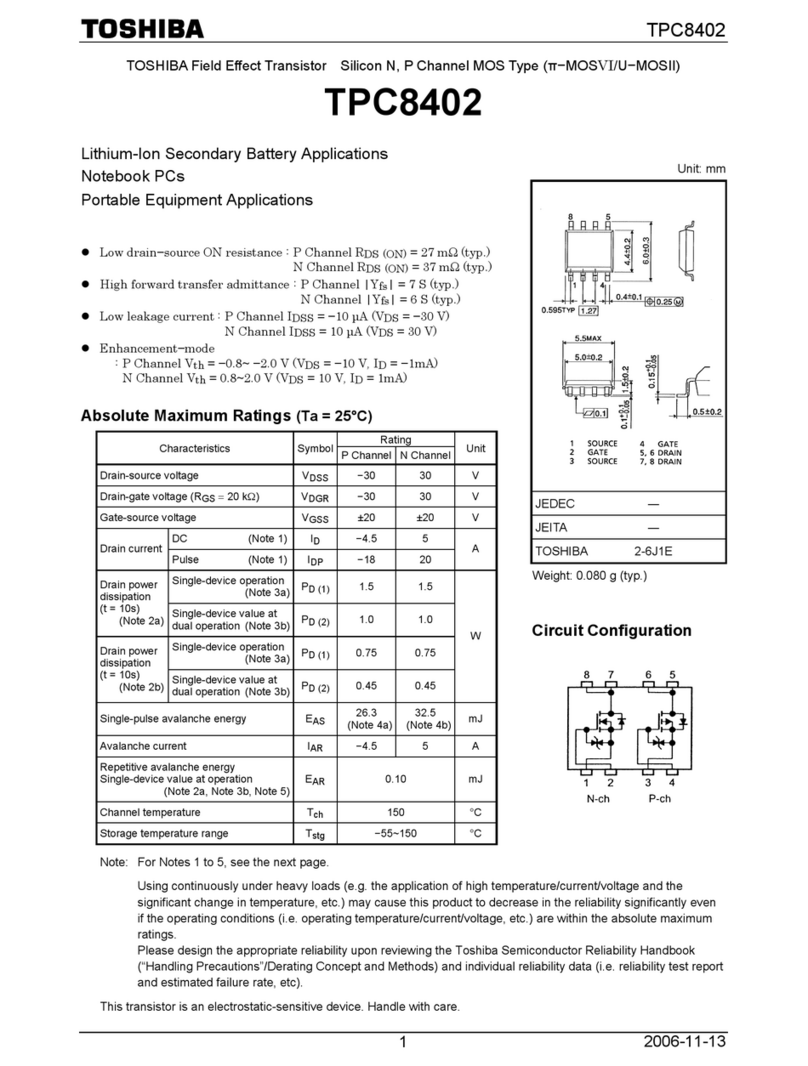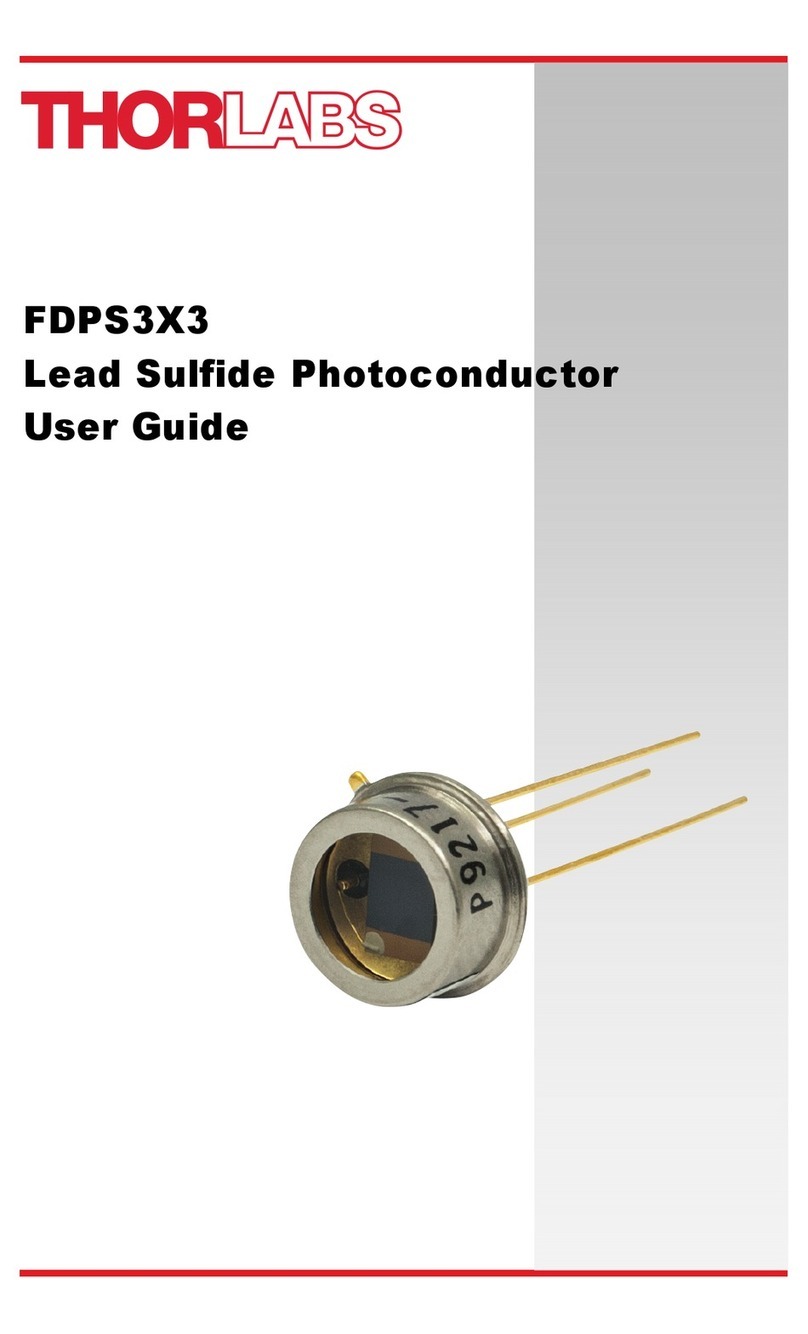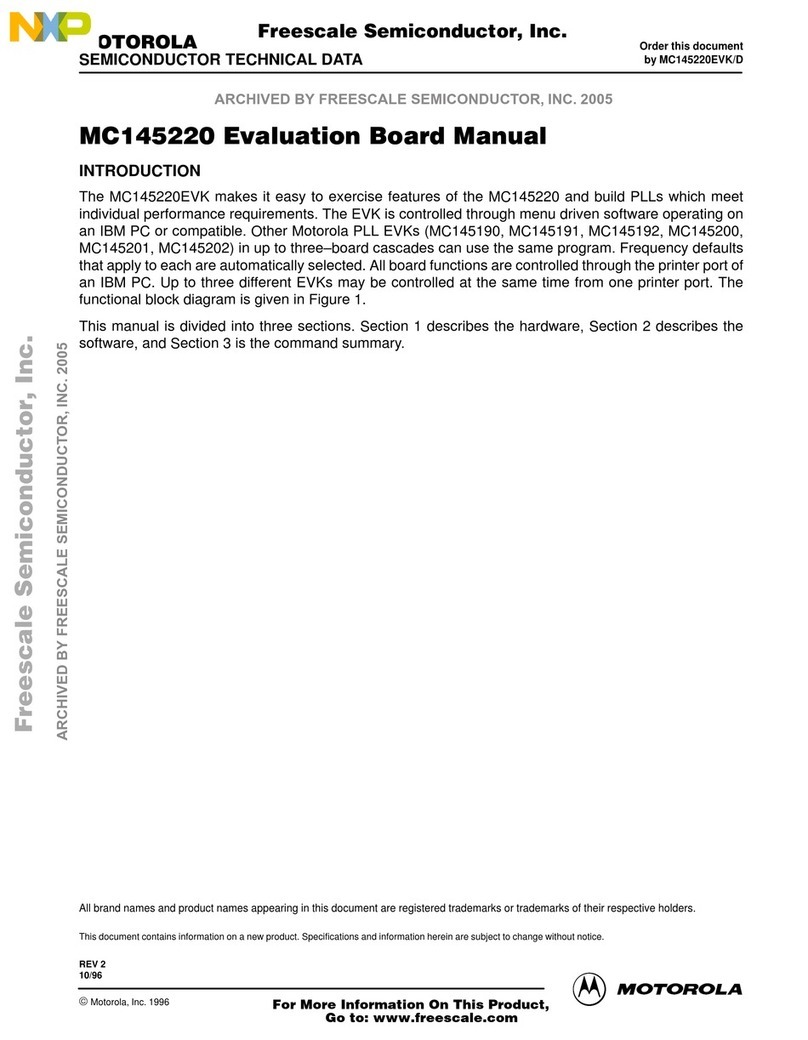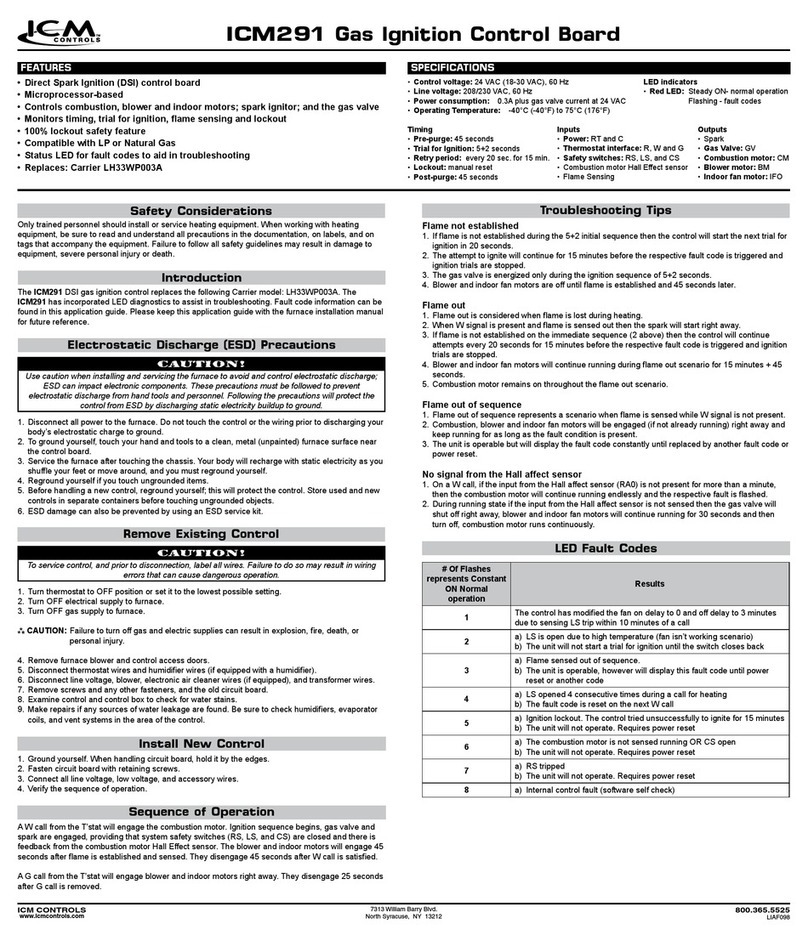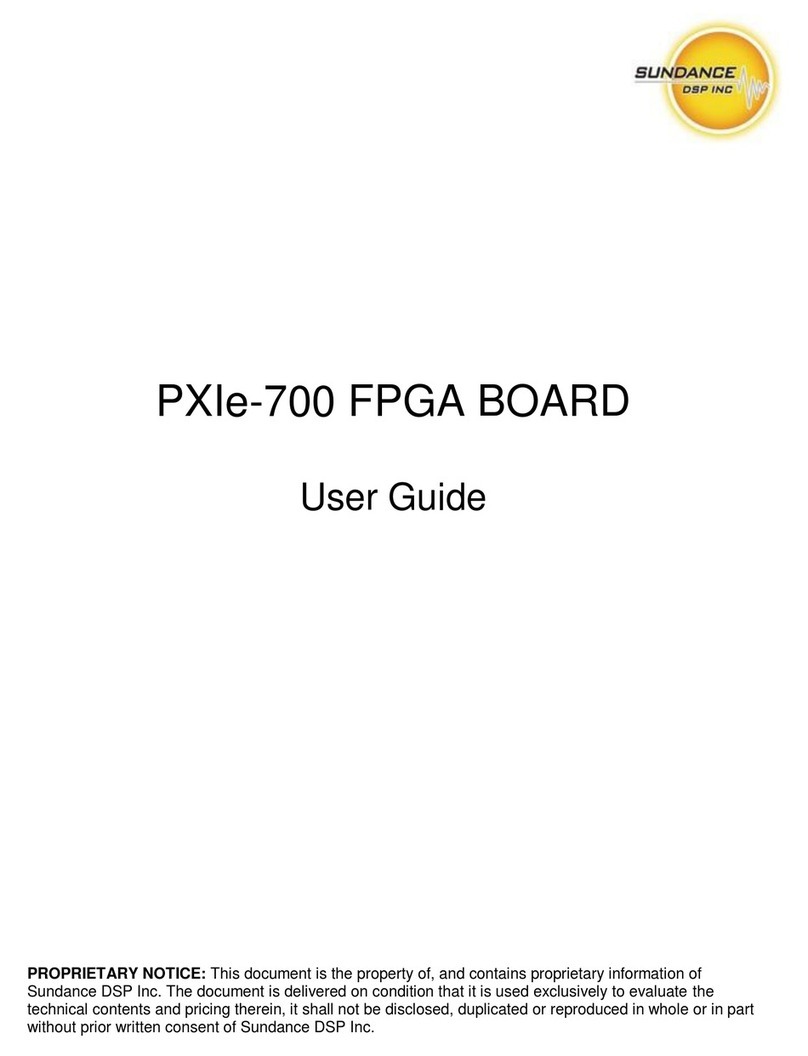List of Figures
Figure 4-1 Configuring Pin Reuse ..................................................................................................... 11
Figure 5-1 Recommended Pin Connection........................................................................................ 17
Figure 5-2 Power Recycle Timing...................................................................................................... 17
Figure 5-3 Trigger Timing................................................................................................................... 18
Figure 5-4 Connection Diagram for JTAG Configuration Mode......................................................... 20
Figure 5-5 Connection Diagram of JTAG Daisy-Chain Configuration Mode ..................................... 20
Figure 5-6 JTAG Configuration timing................................................................................................21
Figure 5-7 TAP State Machine........................................................................................................... 22
Figure 5-8 Instruction Register Access Timing .................................................................................. 23
Figure 5-9 Data Register Access Timing ...........................................................................................23
Figure 5-10 Flow Chart of Reading ID Code State Machine ............................................................. 25
Figure 5-11 Access Timing of Reading ID Code Instruction - 0x11....................................................25
Figure 5-12 Access Timing of Reading ID Code Data Register......................................................... 25
Figure 5-13 SRAM Configuration Flow ...........................................................................................27
Figure 5-14 Process of Reading SRAM............................................................................................. 29
Figure 5-15 Process of Use Boundary Scan Mode to Program SPI Flash........................................ 36
Figure 5-16 Connection Diagram of Daisy-Chain..............................................................................38
Figure 5-17 SSPI Configuration Timing .............................................................................................40
Figure 5-18 Read ID Code Timing ..................................................................................................... 41
Figure 5-19 Write Enable (0x15) Timing ............................................................................................ 42
Figure 5-20 Write Disable(0x3A00) Timing........................................................................................42
Figure 5-21 Write Data (0x3B) Timing ............................................................................................... 43
Figure 5-22 SSPI Configuration Mode Connection Diagram.................................................................. 45
Figure 5-23 Connection Diagram of Programming External Flash via SSPI..................................... 45
Figure 5-24 The Flow Chart of Flash Configuration via SSPI............................................................ 46
Figure 5-25 Multiple FPGA Connection Diagram 1............................................................................46
Figure 5-26 Multiple FPGA Connection Diagram 2............................................................................47
Figure 5-27 QSSPI Write Data (0x6B) Timing ...................................................................................48
Figure 5-28 The Flow Chart of SRAM Configuration via QSSPI .......................................................49
Figure 5-29 Connection Diagram for CPU Mode...............................................................................50
Figure 5-30 CPU Mode Configuration Timing.................................................................................... 51
Figure 5-31 Connection Diagram for SERIAL Mode..........................................................................52
Figure 5-32 SERIAL Configuration Timing......................................................................................... 52
Figure 5-33 Connection Diagram for I2C Configuration Mode........................................................... 54
